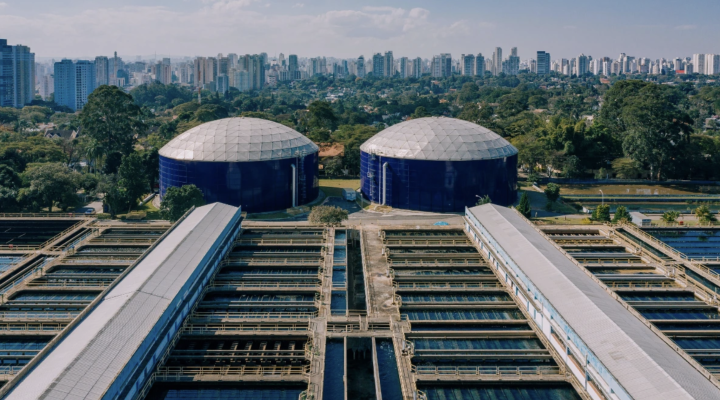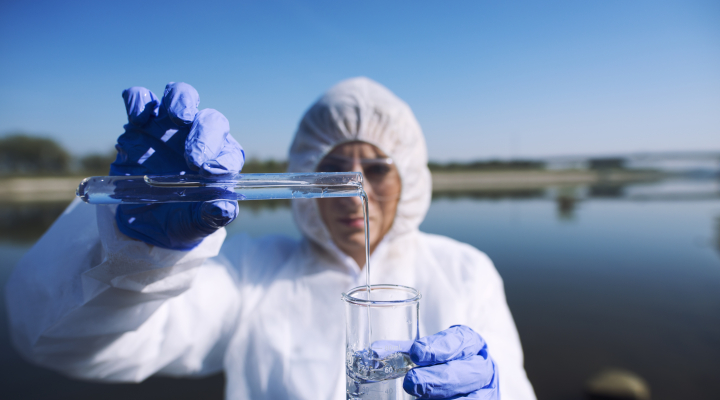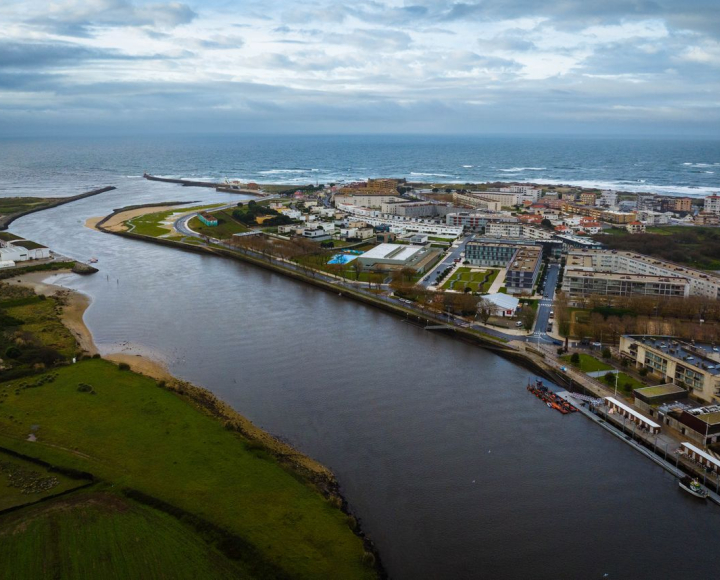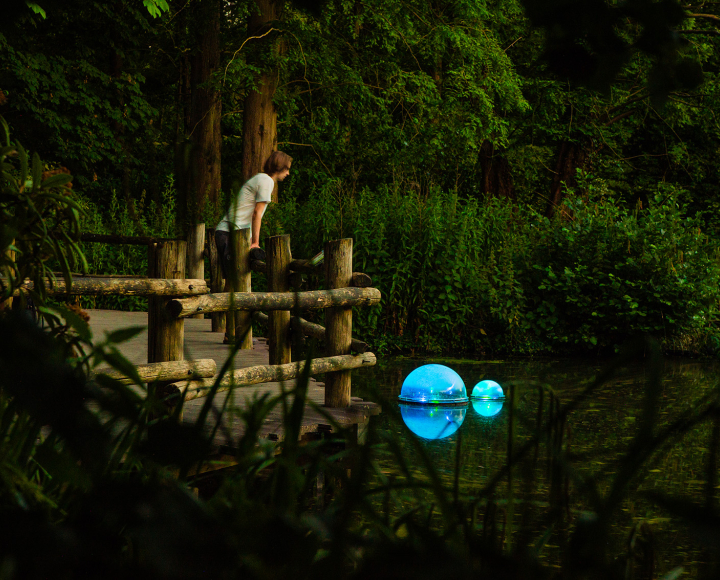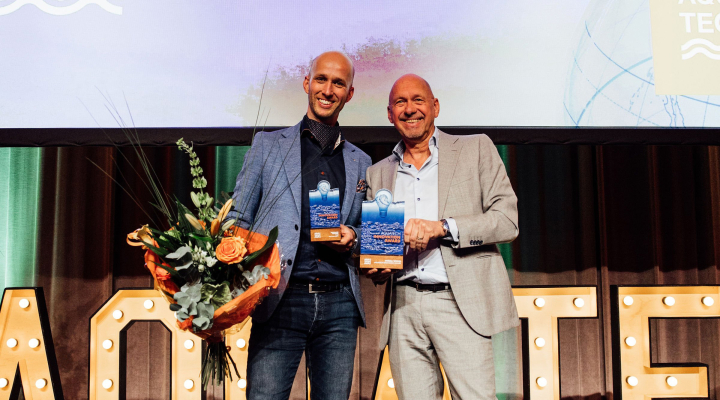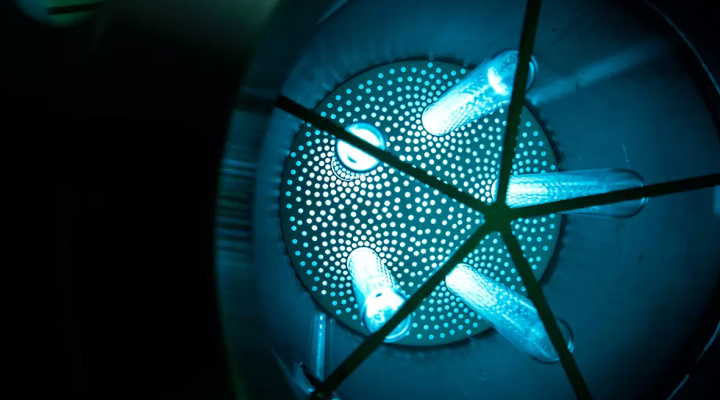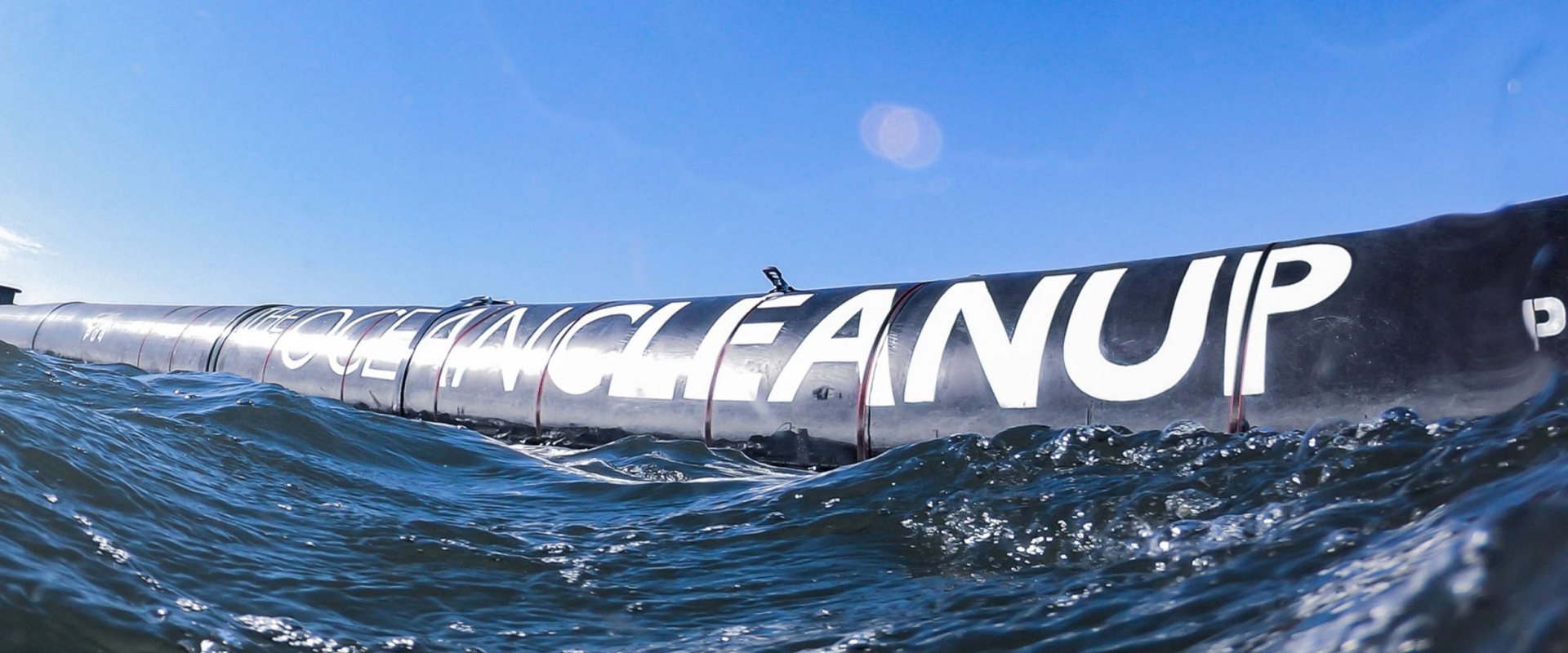
Upgraded Ocean Cleanup system to restart its plastic soup collection in June
The Ocean Cleanup presented the upgraded prototype of the floating system to collect plastic soup in the Great Pacific Garbage Patch.
Three new features are the disconnection of the screen to the pipe, the removal of the floaters with the electronic devices and giant inflatable buoys on the front of the system which will tow the system forward, propelled by the force of the wind. According to CEO and founder Boyan Slat the second trailing campaign is expected to start in June.
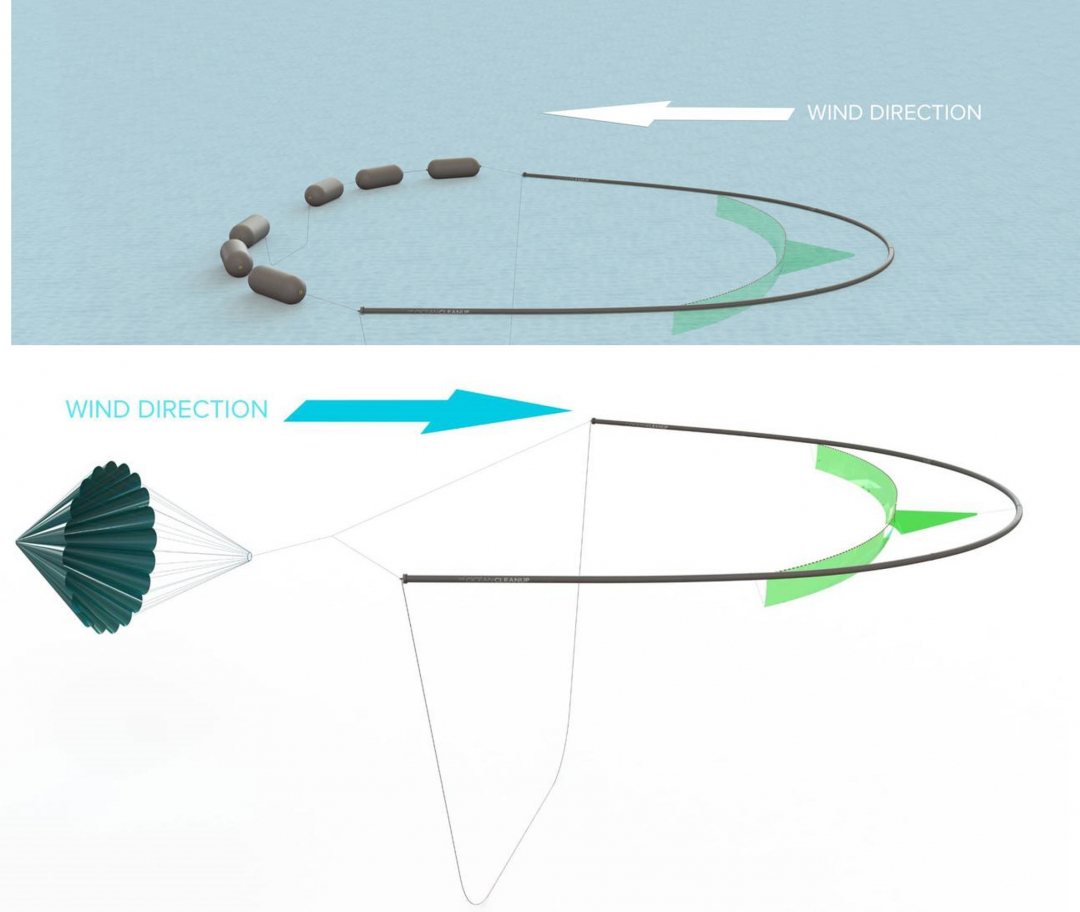

Overcome two failures
The first trailing campaign from October to December last year, learned the team that stress had built up in the rail construction that connected the screen to the floating pipe. Another learning was that sometime the speed of the wind differs from the speed of collected garbage so the plastic can leave the U-curved system again.
The upgraded design, dubbed System 001/B, will entail various modifications to encounter the two main learning from the first trailing campaign.
Slings
Changes in the structure of the floating pipe includes a new screen design. The first trailing campaign has learned that the rail connection - a dovetail connection- caused the fatigue fracture.
The Ocean Cleanup team decided to completely eliminat this aspect of the design by bringing the screen slightly forward and connecting it to the pipe using slings. Another big change is the removal of the stabilizer frames. By simplifying the electronics on this design, these frames are no longer required.
Slower or faster than plastic
The team learned that to retain the captured plastic in the U-shaped system, it's not important that the system moves faster or slower than the plastic, the key is consistency. It turned out the velocity must either always be positive or negative. So either the system must always go faster than the plastic or always go slower than the plastic.
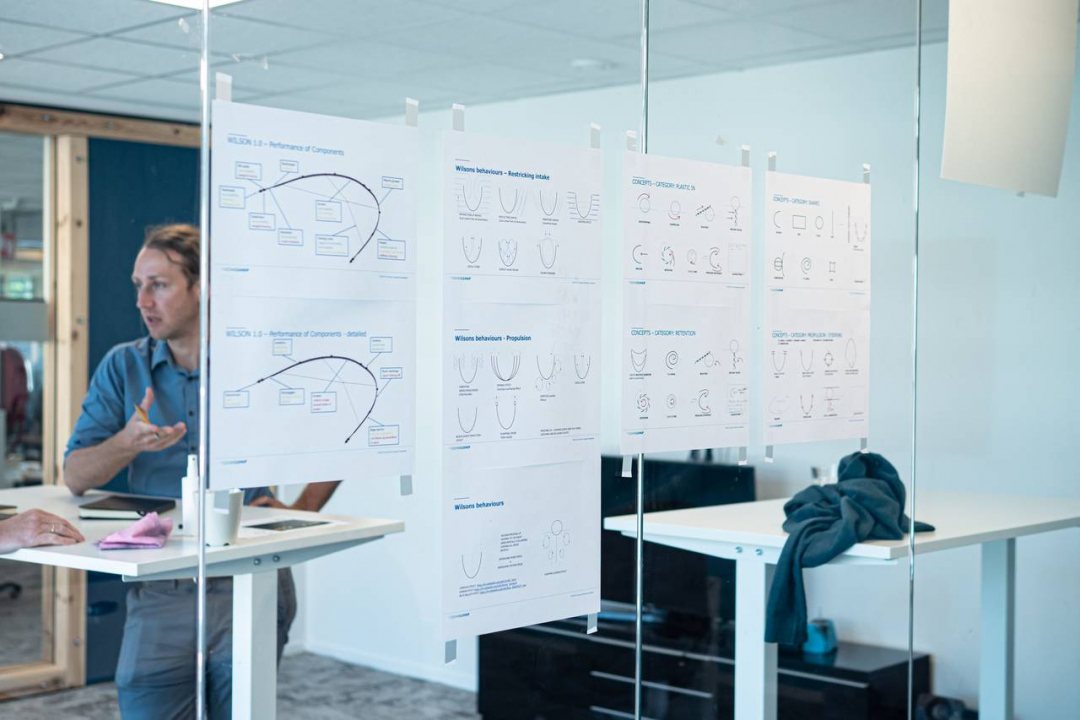

Wind powered speed
The team developed two options to counter the loss of the captured plastic. Both options build on the idea of giving the system more windage. One option is the use of giant inflatable buoys on the front of the system which will tow the system forward, propelled by the force of the wind. Another option is a massive 20 diameter parachute like sea anchor, which will turn the system around and, in theory, maintain a slower speed than the plastic.
Both options will be tested during the next trailing campaign.




